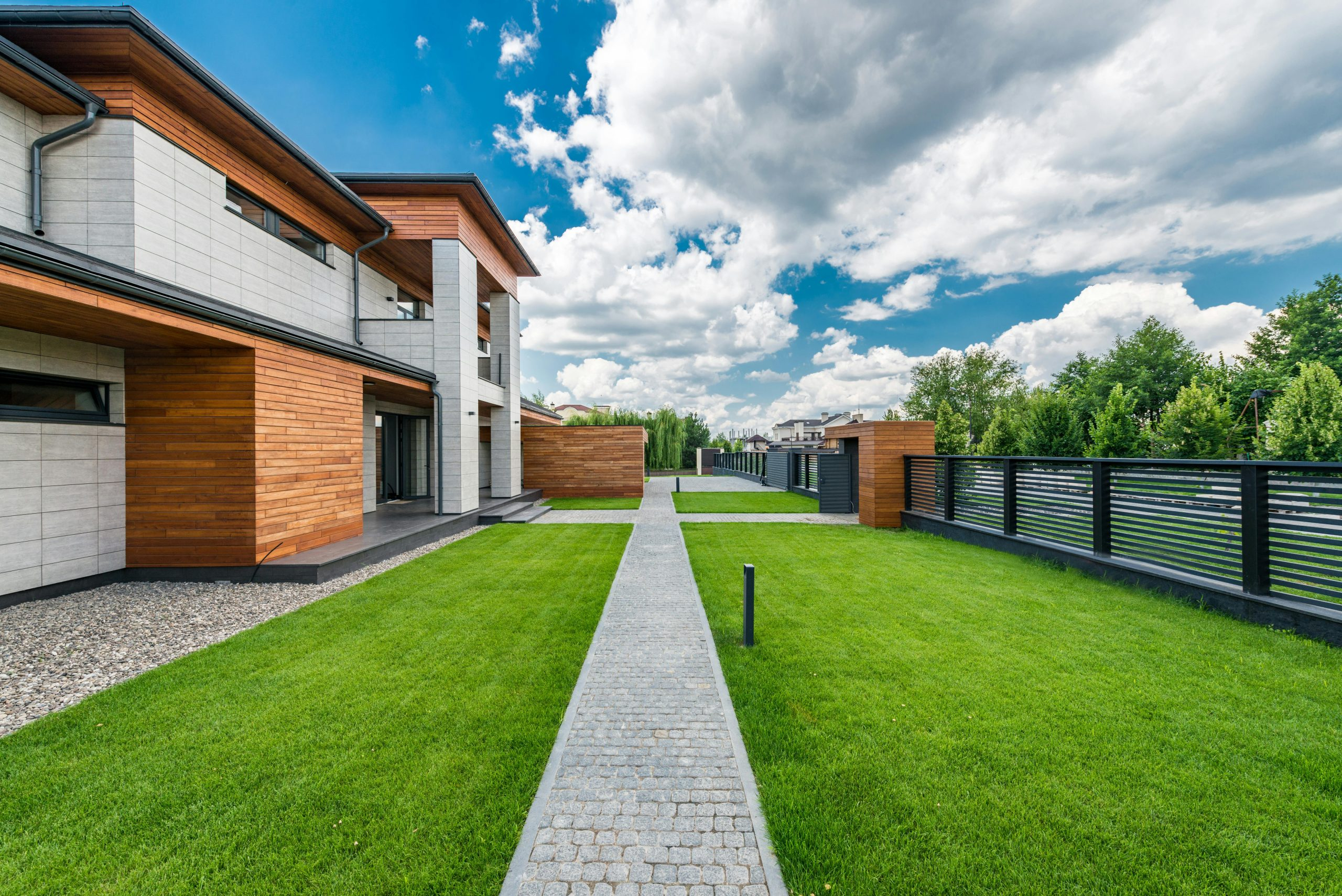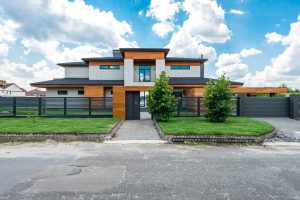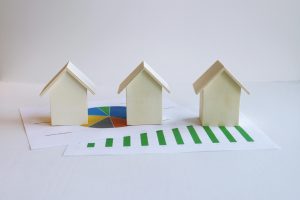Green Technologies Transforming Residential Spaces
The world is waking up to the urgent need for sustainable living and reducing our carbon footprint. As more and more people become environmentally conscious, there has been a significant increase in the adoption of green technologies in residential spaces. These technologies not only help in conserving resources and reducing energy consumption, but also bring about a positive impact on the health and well-being of the residents. In this article, we will explore how green technologies are transforming residential spaces and paving the way for a greener future.
The Rise of Green Technologies
In recent years, we have witnessed a surge in the development and implementation of green technologies in various industries. The building and construction sector, in particular, has been at the forefront of embracing sustainable practices. According to the World Green Building Council, buildings account for 39% of global energy-related carbon emissions. It is, therefore, crucial to make our homes and residential spaces more sustainable to combat climate change.
Energy-Efficient Appliances and Lighting
One of the significant ways green technologies are transforming residential spaces is through energy-efficient appliances and lighting. These technologies use less energy and reduce carbon emissions, resulting in lower electricity bills and a reduced environmental impact. Energy-efficient appliances, such as refrigerators, washing machines, and air conditioners, are equipped with advanced features to minimize energy consumption. Similarly, energy-efficient lighting sources like LED bulbs and fixtures are becoming increasingly popular in residential spaces due to their longer lifespan and lower energy consumption.
Solar Power
Solar power is another green technology that is rapidly gaining traction in residential spaces. With the advancements in solar panel technology, homeowners can now produce clean energy to power their homes and even sell any excess energy back to the grid. This not only reduces the dependence on fossil fuels but also helps in reducing electricity costs in the long run.
Green Building Materials
In addition to reducing energy consumption, green technologies are also changing the way we construct residential spaces. The use of eco-friendly and sustainable building materials is becoming increasingly popular. These materials not only reduce the carbon footprint but also improve indoor air quality and promote a healthier living environment. Examples of green building materials include bamboo, recycled wood, and low VOC paints.
Smart Home Technology
The concept of a smart home has been around for a while, but it has now become more mainstream with the integration of green technology. Smart home technology allows homeowners to control and automate various aspects of their homes, such as lighting, temperature, and appliances, with the help of sensors and internet-connected devices. This results in better energy management and increased comfort for the residents.
The Benefits of Green Technologies in Residential Spaces
Adopting green technologies in residential spaces brings numerous benefits, both for the environment and homeowners. Some of the notable benefits include:
Reduced Energy Costs
As mentioned earlier, green technologies such as energy-efficient appliances and solar power help in reducing energy costs in the long run. This can significantly impact a homeowner’s budget and result in significant savings over time.
Improved Indoor Air Quality
Green building materials and smart home technology play a crucial role in improving indoor air quality. Low VOC paints, for instance, do not release harmful toxins into the air, promoting a healthier living environment for the residents.
Lower Carbon Footprint
By reducing energy consumption and using renewable energy sources, green technologies in residential spaces help in lowering carbon emissions, thus contributing to the fight against climate change.
Increase in Property Value
Homes equipped with green technologies are in high demand due to the numerous benefits they offer. This leads to an increase in property value, making them a more attractive option for homebuyers.
Conclusion
What was once considered a niche concept, green technologies in residential spaces are now becoming a necessity. With the numerous environmental and financial benefits they offer, it is no surprise that more and more people are opting for sustainable living. As technology continues to advance, we can expect to see even more innovative and eco-friendly solutions for our homes and residential spaces in the future. It’s time to join the green revolution and pave the way for a healthier, happier, and greener future.











